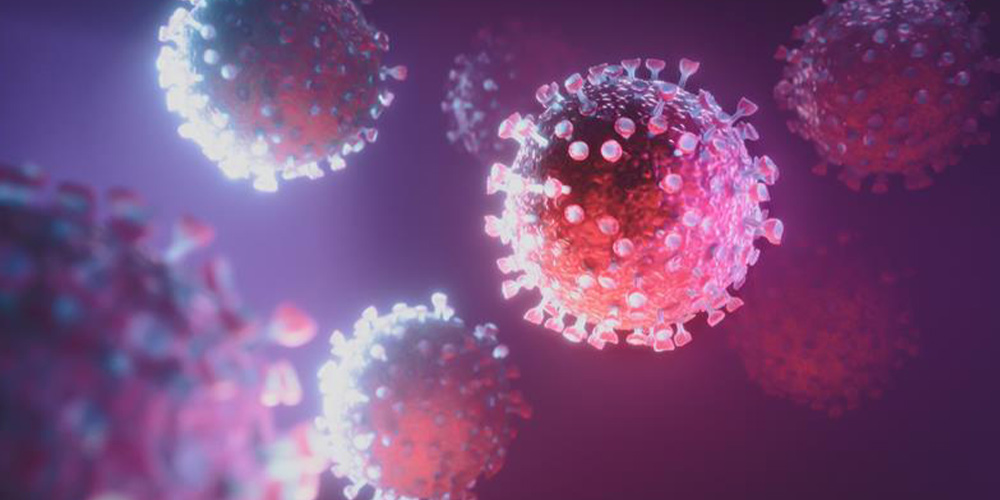
What is Blood Cancer?
Blood cancer is a broad term used to describe cancers that affect the blood, bone marrow, or lymphatic system. These cancers disrupt the normal production and function of blood cells, which are essential for immunity, oxygen transport, and clotting. The three major types of blood cancer are leukemia, lymphoma and myeloma. This blog will focus on leukemia, a blood cancer that starts in the white blood cells and behaves quite differently depending on whether it is acute or chronic.
Types of Blood Cancer
Understanding where leukemia fits in requires a quick overview of the main types of blood cancer:
- Leukemia: Cancer of the blood-forming tissues, especially the bone marrow and white blood cells.
- Lymphoma: Affects the lymphatic system, particularly lymphocytes, which are a type of white blood cell.
- Myeloma: Targets plasma cells, another type of white blood cell found in bone marrow.
Leukemia is unique in that it can be either acute (fast-growing) or chronic (slow-growing), and it primarily impacts white blood cells.
What is Leukemia?
Leukemia is a type of cancer that originates in the blood and bone marrow, primarily affecting white blood cells. In leukemia, abnormal white blood cells are produced in large quantities, crowding out healthy blood cells and impairing the body’s ability to fight infection, carry oxygen, and control bleeding. The exact cause of leukemia isn’t always clear, but it can involve genetic mutations, radiation exposure, certain chemicals, and family history.
Types of Leukemia
Leukemia is classified based on how quickly it progresses (acute vs chronic) and the type of white blood cell it affects (myeloid vs lymphocytic):
Acute Myeloid Leukemia (AML):
A fast-growing cancer that affects the myeloid cells. It can lead to symptoms like fatigue, frequent infections, easy bruising or bleeding, and shortness of breath. AML requires prompt treatment and is more common in adults.
Chronic Myeloid Leukemia (CML):
A slower-developing leukemia that also impacts the myeloid cells. It may not show symptoms early on and is often detected during routine blood tests. The presence of the Philadelphia chromosome is a hallmark feature of CML.
Acute Lymphocytic Leukemia (ALL):
A rapid-onset leukemia that targets the lymphoid cells, primarily affecting children but also seen in adults. Symptoms can include fever, bone pain, frequent infections, and swollen lymph nodes. ALL has high cure rates, especially in children.
Chronic Lymphocytic Leukemia (CLL):
A slow-growing leukemia that affects lymphoid cells, mostly occurring in older adults. Early stages may not require treatment, but as the disease progresses, it can cause symptoms like swollen lymph nodes, fatigue, and weight loss.
Each type has its own symptoms, treatment options, and prognosis.
Acute vs Chronic Leukemia
The primary distinction between acute and chronic leukemia lies in how quickly the disease develops and the maturity of the cells involved:
- Acute leukemia affects immature blood cells and progresses quickly. Symptoms develop rapidly and treatment must begin immediately.
- Chronic leukemia affects more mature cells and develops slowly. It may go unnoticed for years and may not require immediate treatment.
Is chronic or acute leukemia worse?
It depends. Acute leukemia requires urgent treatment but may be curable with aggressive therapy. Chronic leukemia progresses slowly but can become harder to treat over time.
Read More: Difference Between Leukemia and Lymphoma
Difference Between Chronic and Acute Leukemia
| Feature | Acute Leukemia | Chronic Leukemia |
|---|---|---|
| Progression | Rapid | Slow |
| Cell Maturity | Immature cells | Mature cells |
| Symptoms | Appear quickly | Develop gradually |
| Urgency of Treatment | Immediate | May be delayed |
| Common Age Group | Children, young adults (ALL) | Older adults (CML, CLL) |
How is Leukemia Diagnosed?
Diagnosing leukemia typically involves:
- Complete Blood Count (CBC): This common blood test measures the number and quality of red blood cells, white blood cells, and platelets. Abnormal levels, particularly an excess or deficiency of white blood cells, often raise the first red flags.
- Peripheral Blood Smear: Blood cells are examined under a microscope to look for abnormal shapes or immature white blood cells (blasts) typical of leukemia.
- Bone Marrow Biopsy and Aspiration: A sample of bone marrow, usually taken from the hip bone, is analyzed for the presence of abnormal blood cells and blasts. This helps confirm the diagnosis and determine the specific type of leukemia.
- Cytogenetic and Molecular Testing: Tests like Fluorescence In Situ Hybridization (FISH) or PCR (polymerase chain reaction) are used to detect genetic mutations such as the Philadelphia chromosome, which influences treatment options and prognosis.
- Flow Cytometry: This test identifies the specific types of leukemia cells by analyzing the proteins on their surface, aiding in accurate classification.
Philadelphia Chromosome Leukemia
The Philadelphia chromosome is an abnormality found in many patients with Chronic Myeloid Leukemia (CML). It results from a translocation between chromosomes 9 and 22, forming the BCR-ABL fusion gene. This gene produces a protein that causes cells to grow uncontrollably. The discovery of this mutation has led to targeted treatments like tyrosine kinase inhibitors (TKIs), which have significantly improved survival.
Chronic Myeloproliferative Disease
CML is part of a group of diseases called chronic myeloproliferative disorders, where the bone marrow makes too many blood cells. These conditions are often slow-growing but can progress to more aggressive forms like acute leukemia if not managed properly.
Survival Rates for Leukemia
Survival rates vary by type, age, and response to treatment:
- Acute Myeloid Leukemia (AML): About 29% five-year survival in adults.
- Acute Lymphocytic Leukemia (ALL): Around 70% five-year survival, higher in children.
- Chronic Myeloid Leukemia (CML): Over 70% five-year survival due to targeted therapies.
- Chronic Lymphocytic Leukemia (CLL): Can be managed for years; survival rates vary widely based on genetics.
Early diagnosis and advancements in treatment have significantly improved survival outcomes.
Chronic Myelogenous Leukemia Clinical Trials
Ongoing clinical trials for Chronic Myelogenous Leukemia are exploring next-generation TKIs, combination therapies, and personalized medicine approaches. Participation in clinical trials offers access to cutting-edge treatments and contributes to advancing leukemia research.
Clinical Trials in Nebraska
The field of oncology research is rapidly evolving, especially for blood cancers. Researchers in states like Nebraska are conducting some of the potential clinical trials, attracting participants seeking both innovative treatment options and financial support. These trials are essential for testing new drugs, improving existing therapies, and understanding disease mechanisms.
Conclusion
Leukemia is a complex but increasingly treatable disease. Understanding the differences between acute and chronic forms, catching symptoms early, and exploring all available treatment options, including clinical trials, can make a huge difference.
If you or someone you love has been diagnosed with leukemia, don’t hesitate to consult a hematologist or oncologist. Today’s therapies and research breakthroughs are providing more hope than ever.







